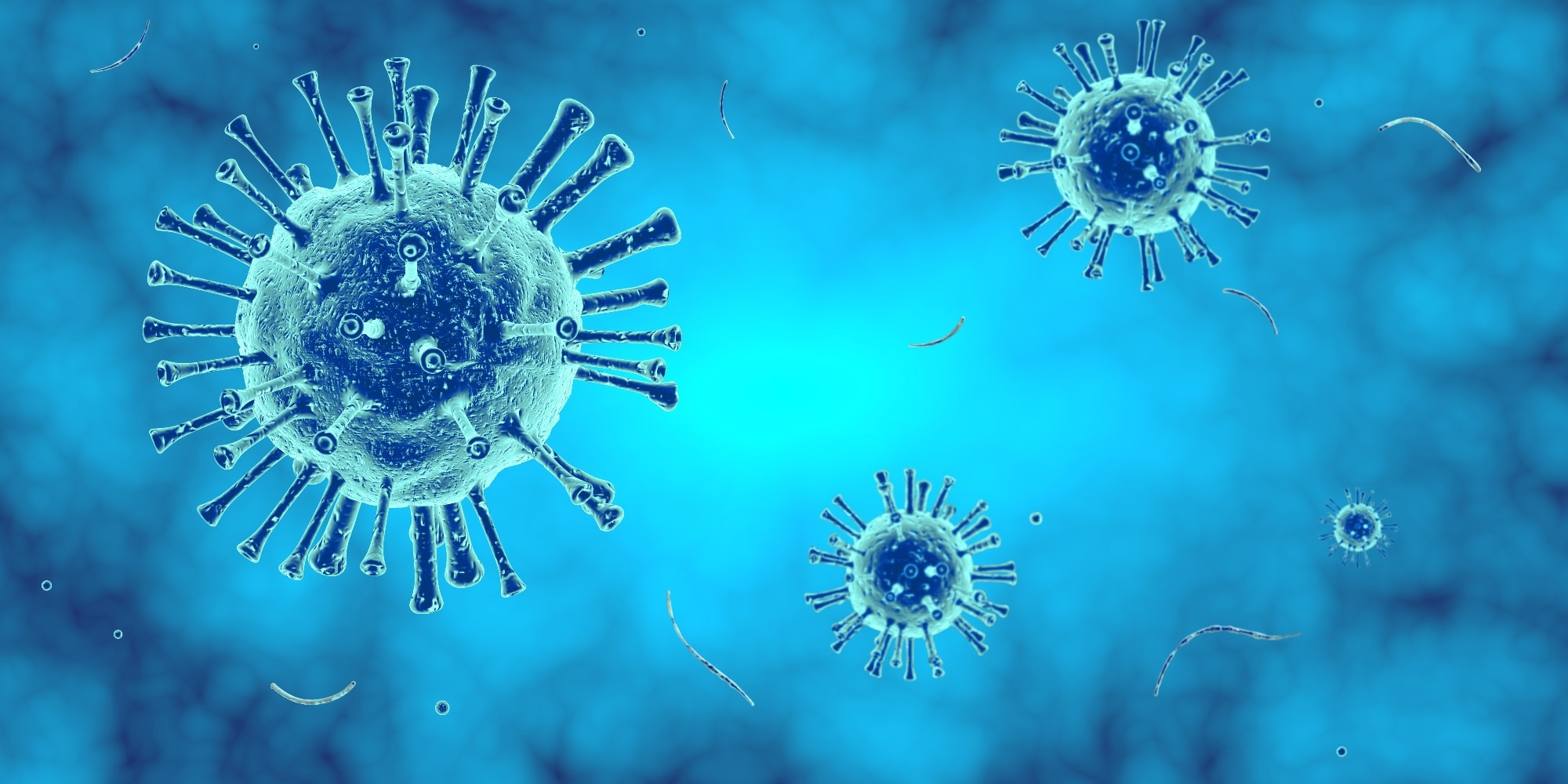In a recent study posted to the medRxiv* preprint server, researchers from Germany conducted a population-based surveillance study to ascertain the etiology of community-acquired pneumonia (CAP) during the re-emergence of viral and bacterial respiratory diseases after the relaxation of coronavirus disease 2019 (COVID-19) containment and mitigation measures.

Background
During the initial stages of the COVID-19 pandemic, before substantial vaccine coverage was achieved, most countries across the globe had implemented non-pharmaceutical disease mitigation measures such as social distancing and partial to complete lockdowns and encouraged masking and handwashing to limit the spread of the severe acute respiratory syndrome coronavirus 2 (SARS-CoV-2). These measures also brought about a significant reduction in other bacterial and viral respiratory diseases.
When these disease mitigation measures were relaxed and eventually withdrawn, a rebound of respiratory diseases was observed. Studies have reported increased respiratory syncytial virus cases among children and pneumococcal diseases in adults. However, the impact of factors such as herd immunity against SARS-CoV-2, the withdrawal of mitigation measures, and the emergent SARS-CoV-2 variants on CAP remain unexplored.
About the study
In the present study, the enrolled participants comprised adult patients with suspected lower respiratory tract infections admitted to two tertiary care hospitals and one community hospital in Thuringia, Germany. The participant inclusion criteria for this prospective surveillance study comprised a radiological confirmation of CAP diagnosis within two days of hospital admission, collection of urine samples and nasopharyngeal swabs, and availability of hospital discharge disposition information.
The nasopharyngeal swabs were tested for respiratory viruses through polymerase chain reaction (PCR): SARS-CoV-2, rhinovirus, respiratory syncytial virus, human endemic coronavirus, influenza virus, adenovirus, parainfluenza virus, enterovirus, human metapneumovirus, and bocavirus. Pneumococcal urinary antigen test and serotype-specific urinary antigen detection (UAD) assays were used for the urine samples. The UAD assays can detect the serotypes from the pneumococcal conjugate vaccines in use. The hospital staff also recorded the information on medical history, microbiologic testing, hospital course, and other patient characteristics for each patient.
Results
The results indicated a median age of 67 years for the 760 CAP patients enrolled in the study, with an 8.4% in-hospital fatality rate. Of the 760 CAP patients, 72.8% (553) had a respiratory pathogen, with the most prevalent pathogen being SARS-CoV-2, which was seen in 68.2% of the cases. Streptococcus pneumoniae was the second most prevalent pathogen, found in 40 of the 760 patients. No influenza cases were detected, and the incidence of infections from other viruses accounted for less than 1% each.
The serotypes from the 13-valent (PCV13), 15-valent (PCV15), 20-valent (PCV20), and 23-valent (PPV23) pneumococcal conjugate vaccines were found in 17 (42.5%), 18 (45%), 28 (70%), and 29 (73%) of the 40 cases, respectively. SARS-CoV-2 incidence was higher among patients aged 18–59, while patients aged 60 or above had a higher incidence of S. pneumoniae infections.
Between January and May of 2021, most CAP cases were due to SARS-CoV-2 (76.7%–93.7%), while S. pneumoniae infections only accounted for 0.0%–2.9% of the CAP cases. However, after a brief decrease to 7.1% in July, SARS-CoV-2 incidence rose to 82.4% in December 2021, and S. pneumoniae infections rose to 16.7%. While SARS-CoV-2 cases decreased in the older and younger patient groups between the first and second halves of 2021, S. pneumoniae infections and other respiratory viral infections increased during the second half of 2021.
During the first half of 2021, only two out of 283 patients were coinfected with S. pneumoniae and SARS-CoV-2, but during the second half of the year, 6% (13/215) of the patients in the 18–59 years group and 8.7% (11/127) of the patients aged 60 or older had coinfections with S. pneumoniae and SARS-CoV-2.
The changing etiology of CAP cases showed that during the early phase of the COVID-19 pandemic, a majority of the pneumonia cases were a result of SARS-CoV-2, with very low levels of S. pneumoniae infections. However, the incidence of S. pneumoniae infections returned almost to pre-pandemic levels in the older age group by late 2021. The relaxation of social distancing measures and differences in interference by SARS-CoV-2 variants that emerged later could explain the increased incidence of S. pneumoniae infections.
Conclusions
Overall, the results suggested that the disease mitigation measures implemented during the initial phases of the COVID-19 pandemic also decreased the incidence of S. pneumoniae infections and other respiratory pathogens. Still, the withdrawal of these measures has resulted in the re-emergence of S. pneumoniae infections. An evaluation of the vaccination strategies for influenza and S. pneumoniae, along with SARS-CoV-2, is necessary.
*Important notice
medRxiv publishes preliminary scientific reports that are not peer-reviewed and, therefore, should not be regarded as conclusive, guide clinical practice/health-related behavior, or treated as established information.
Journal reference:
- Juliane Ankert, Stefan Hagel, Claudia Schwarz, Kaijie Pan, Liz Wang, Christof von Eiff, Bradford D. Gessner, Christian Theilacker, and Mathias W. Pletz. (2022). Streptococcus pneumoniae re-emerges as a cause of community-acquired pneumonia, including frequent co-infection with SARS-CoV-2, in Germany, 2021. medRxiv. doi: https://doi.org/10.1101/2022.12.15.22282988 https://www.medrxiv.org/content/10.1101/2022.12.15.22282988v1





